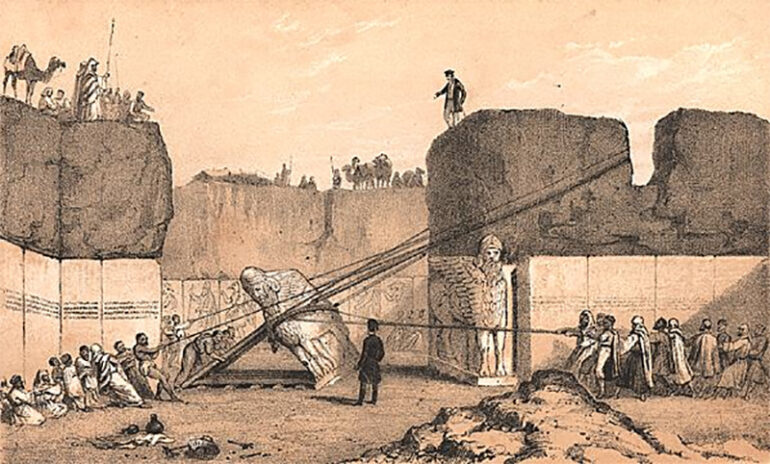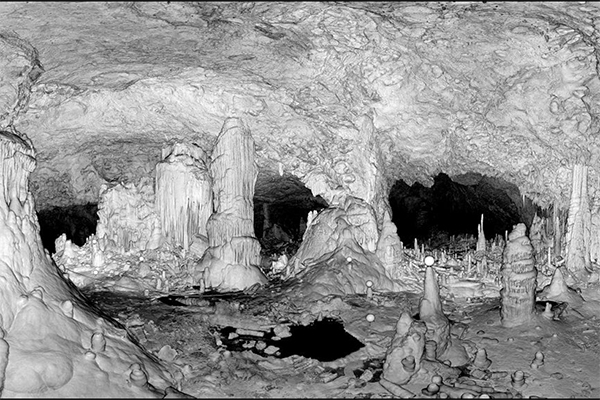Thus, peering through the looking glass of artistic artifacts in archeology at the past of these ancient civilizations yields evidence of a very deep connection to our common heritage. These fine pieces of artifacts act as aesthetic communicators holding information concerning the belief system, social structure, and daily lives of people of the past. Deciphering the symbolism and cultural referents of such relics, they reveal the mysteries of millennia. With thorough investigation and interpretation, it yields a great understanding of many social worlds that make up the mosaic of our modern world.
The Significance of Archaeological Art
Hence, artistic archeology of such an ancient culture brings into the light a vivid connection with the past, almost no less than the one that artistic practices of the Renaissance have established. Researchers decoded the meaning of this form of artistic relic carried from the symbolic and cultural nuances it was laden with. The use of archaeological art to study intensifies not only into a realm that safeguards history but also increases our understanding of the diverse societies that have taken part in shaping our modern-day world in one way or the other.
Decoding Symbolism and Imagery
The artifacts of archaeological art are considered to be full of various symbols and images, creating a complex tapestry of meaning and cultural value. Each of the symbols and motifs carefully etched or painted onto ancient artefacts is like a window into the beliefs, rituals, and social systems of past civilizations. The visual codes can be interpreted in other ways, only by reading each detail and having a clear knowledge of the historical contexts. It brings to light the mystery of the past by unraveling layers of symbolism, which makes the mystery explicit and brings us insights into the complexity of ancient culture.
Techniques and Methods of Analysis
Researchers apply, therefore, the whole array of sophisticated techniques and analytical methods as they probe beneath the world of archaeological art. So, up to this day, experts have kept on analyzing the material, style, hand of the craftsman, and others for determining the period of origin of each of these works of ancient art. Spectroscopy, radiocarbon dating, and even 3D imaging—all provide tools by which some of these artifacts’ secrets are discovered. While these archaeologists keep trying to reach out to the limits of known things, combining traditional and very complex modern technologies, at the same time, in an attempt to decipher the almost mystic mumbles of the ancients.
Case Studies: Uncovering the Stories of the Past
Researchers have embarked on a time travel across the world of case studies in search of the complex narratives that make up part of archaeological art. Generally, artifacts and places depict the history of specific areas, and through these artifacts or places, scholars may be able to reconstruct historical events of ancient civilizations, cultural practices, and relationship that existed within the society. In this paper, an understanding of the past is presented in detail, elaborating on life and people who used to live in nowadays’ quiet remains of the past. Case study is an in-depth study and interpretation of a dense web of human experiences in the past artistic culture.
Venturing into the world of archaeological art offers us deep insight into the complex tapestry of human history. Through close analysis and interpretation, researchers can find the cultural coding and symbolism of these artifacts, which are very interesting clues to the belief systems, rituals, and social systems of the past. The new state-of-the-art will help marry the methods that already existed with new technologies, as archaeologists continue to unravel the mysteries of the past, enriching and enhancing our understanding of the societies that helped shape the world as we know it.
Photo Attribution:
1st & featured image by https://commons.wikimedia.org/wiki/File:Layard_Nineveh.jpg
2nd image by https://commons.wikimedia.org/wiki/Category:3D_laser_scanning#/media/File:3D_laser_scan_of_speleothems_in_cave.png

